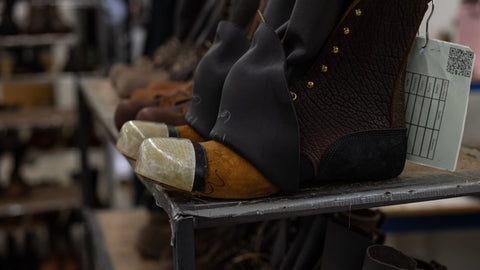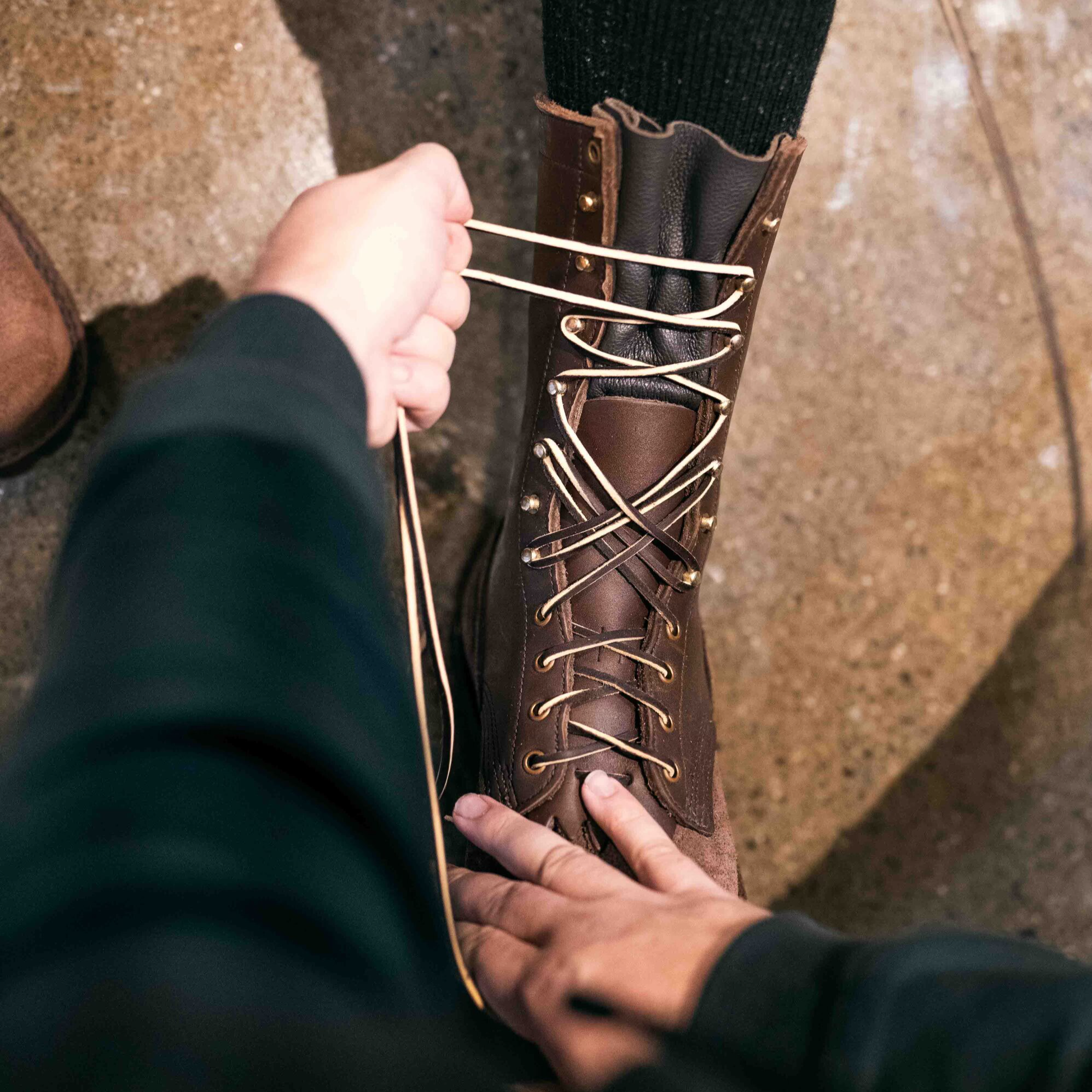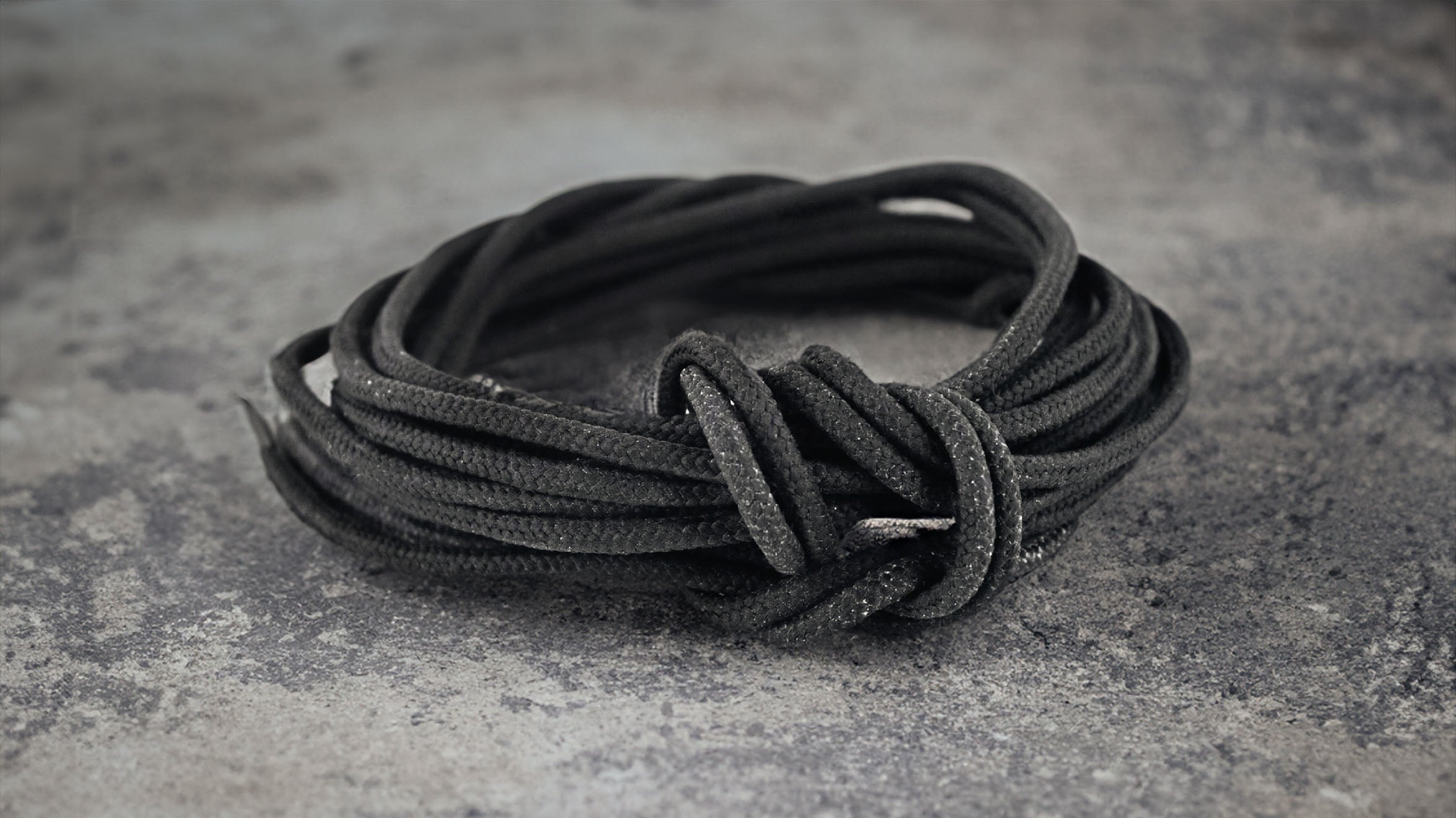What is ASTM Rating?

What is ASTM Rating for Boots? It’s More Complicated Than You Might Think
If you're on the hunt for the perfect pair of work boots, you've likely come across the term "ASTM rating." But what exactly does it mean, and why should you care?
Don't worry, my friend, I've got you covered. It gets more complicated than just simply being a steel toe boot. You need a lot more to pass all the ASTM ratings.
Let's dive into the world of ASTM ratings and learn how they can help you find the perfect pair of work boots for your needs.
What Does ASTM Rating Mean for Work Boots?
ASTM stands for the American Society for Testing and Materials. It's an organization that develops and publishes technical standards for a wide range of products, materials, systems, and services.
In the case of work boots, ASTM sets the standards for safety features that can protect your precious feet on the job.
If you need a pair of ASTM rated work boots, then check out the best-selling JK Superduty (you can either get soft-toe, or an ASTM rated safety composite toe). The Superduty is ASTM F2413-17 rated, which meets and exceeds what’s needed for OSHA compliance.

ASTM Ratings Break Down
ASTM ratings come in different categories to address various safety aspects of work boots. Here are some of the most common ratings you'll encounter:
-
Impact Resistance (I/75 and I/50): This rating measures the boot's ability to protect your toes from heavy falling objects. I/75 offers the highest level of protection, while I/50 provides a moderate level.
-
Compression Resistance (C/75 and C/50): This rating evaluates how well the boot can protect your feet from being crushed by heavy, rolling objects. Like impact resistance, C/75 offers the highest level of protection, and C/50 offers moderate protection.
-
Metatarsal Protection (Mt/75): Metatarsal injuries can be painful and debilitating. Boots with an Mt/75 rating feature added protection for the delicate metatarsal bones at the top of your feet.
-
Electrical Hazard (EH): This rating indicates that the boot has been tested to provide protection against open circuits up to 18,000 volts. EH-rated boots are essential for electricians and anyone working near live electrical wires.
-
Puncture Resistance (PR): If you work around sharp objects like nails, glass, or metal shards, puncture-resistant boots are a must. PR-rated boots have a protective plate to prevent objects from penetrating the sole.
How to Choose the Right ASTM Rating for Your Needs
To figure out which ASTM rating is right for you, consider the specific hazards you face on the job. Are you at risk of dropping heavy objects on your feet? Do you work around live electricity? Are punctures a concern? Asking these questions will help you narrow down your options and find the right work boots for your needs.
Here's a quick guide to help you decide:
-
Construction Workers: Look for boots with I/75, C/75, and PR ratings to protect against impact, compression, and punctures.
-
Electricians: EH-rated boots are a must, along with I/75 and C/75 ratings for additional protection.
-
Welders: I/75, C/75, and Mt/75-rated boots will protect against impact, compression, and metatarsal injuries.
-
Warehouse Workers: I/50 and C/50 ratings offer moderate protection suitable for lighter-duty work environments.
The JK Superduty meets these standards, so it’s a fantastic choice for all trades. However, if you need a wedge sole (for ironworks, etc) then the safety toe 300 is a better choice.

The Benefits of ASTM-Rated Work Boots
Investing in ASTM-rated work boots comes with several benefits:
-
Enhanced safety: ASTM-rated boots are designed to protect your feet from the specific hazards you face on the job.
-
Compliance with regulations: Many employers require workers to wear ASTM-rated footwear as part of their safety protocols.
-
Peace of mind: Knowing that your work boots meet industry standards can give you confidence and peace of mind while on the job.
Best ASTM Rated Boots
If you're looking for a pair of work boots that meet the ASTM standards we've discussed, look no further than the JK Boots Superduty and Ironhide models.
These boots are designed to provide superior protection and durability for blue-collar workers like you. Let me break down how they meet the crucial ASTM standards.
Impact ResistanceThe JK Boots Superduty features safety toe caps that meet the I/75 rating for impact resistance. These boots will protect your toes from the impact of heavy falling objects, ensuring you can work confidently without worrying about potential injuries.
Compression ResistanceBoth the Superduty and Ironhide models offer C/75 compression resistance, which means they can protect your feet from being crushed by heavy, rolling objects. This level of protection is essential for construction workers, welders, and anyone else who works in an environment with heavy machinery or equipment.
Metatarsal ProtectionFor those who require metatarsal protection, the JK Boots Ironhide series has you covered. These boots are designed with Mt/75 metatarsal guards to keep the delicate metatarsal bones at the top of your feet safe from injuries caused by heavy objects.
Electrical Hazard ProtectionThe JK Boots Superduty and Ironhide both come with an EH rating, making them perfect for electricians or anyone working around live electrical wires. With these boots, you can work safely, knowing that they've been tested to provide protection against open circuits up to 18,000 volts.
Puncture ResistanceLastly, the JK Boots Superduty and Ironhide models are puncture-resistant, featuring a PR rating to protect your feet from sharp objects. Whether you're navigating a construction site littered with nails or working around broken glass, these boots will help keep your feet safe and secure.
Going ASTM?
For a lot of us, getting ASTM rated boots isn’t an option. It’s part of the job.
The JK Superduty is our bread and butter here, but you can check out our entire line of ASTM rated boots here.
FAQs
What is the ASTM F2413 requirement?
The ASTM F2413 requirement refers to the minimum performance criteria for protective footwear, including impact and compression resistance, metatarsal protection, puncture resistance, and electrical hazard protection.
What is the ASTM F2413-18 rating?
The ASTM F2413-18 rating is the most recent standard for protective footwear, outlining the minimum performance criteria for work boots in areas like impact resistance, compression resistance, metatarsal protection, puncture resistance, and electrical hazard protection.
Does ASTM F2413-18 mean steel toe?
ASTM F2413-18 doesn't necessarily mean steel toe; it refers to the protective footwear standard, which can include steel, composite, or alloy toe caps. The specific material depends on the boot's design and intended use.
What is the difference between ASTM F2413 and ASTM F2892?
The difference between ASTM F2413 and ASTM F2892 is in their focus. ASTM F2413 covers protective footwear with safety toe caps and other protective features, while ASTM F2892 focuses on soft-toe, non-safety footwear that offers electrical hazard protection.











Leave a comment